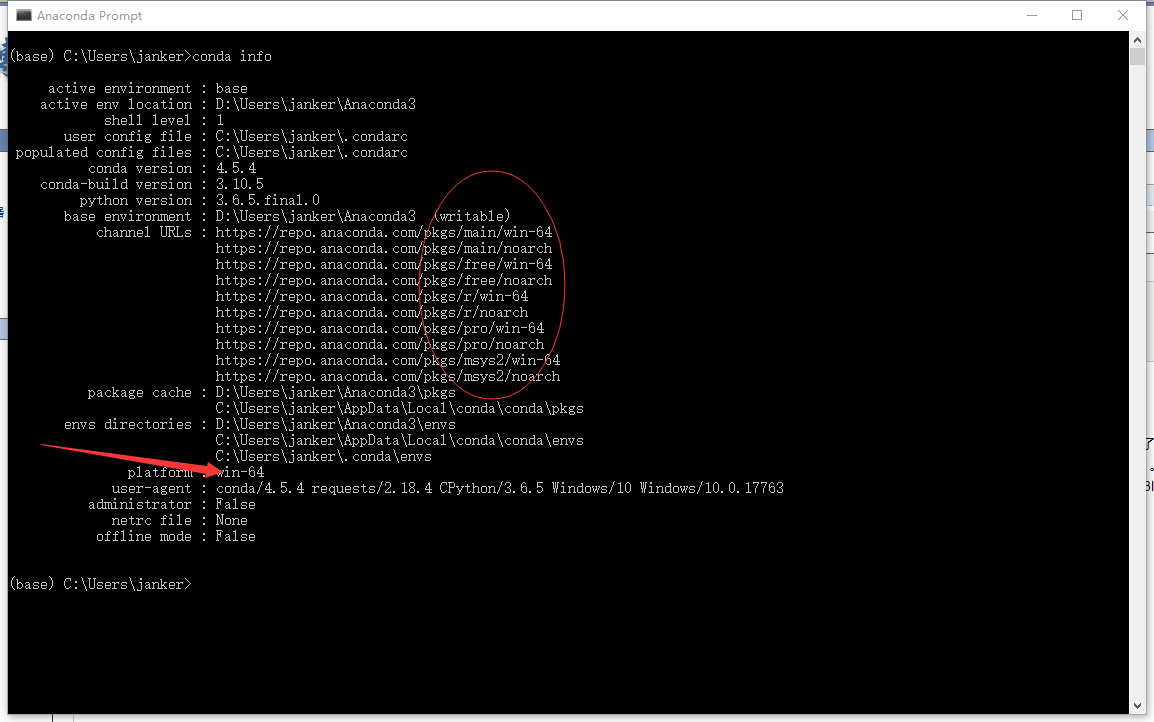

TfLiteInterpreterOptionsSetNumThreads(fInterpreterOptions, 2) įInterpreter := TfLiteInterpreterCreate(fModel, fInterpreterOptions) ShowMessage('Error: Create model from file - ' +įInterpreterOptions := TfLiteInterpreterOptionsCreate ShowMessage('Error: Load tensorflow lite library ' + LibraryName + ' - ' +įModel := TfLiteModelCreateFromFile(PAnsiChar(AnsiString(Edit1.Text))) These demos include a digit classifier, face detection, and object detection.įInputTensorCount, fOutputTensorCount, fNumDims: Int32 įInput: array of Float32 There are three demos built in Delphi that demonstrate the usage of the TensorFlow Lite library. TensorFlow Lite for Delphi is a library containing a set of tools that enables machine learning on a wide variety of devices including Windows 11/10/8/7. Overall, TensorFlow Lite provides a powerful and efficient way to run machine learning models on resource-constrained devices.

In addition, TensorFlow Lite supports a number of hardware accelerators, which can further improve performance. For example, TensorFlow Lite can run on a Raspberry Pi with just 1GB of RAM. This makes it possible to deploy machine learning models on devices with very limited computational resources. TensorFlow Lite supports a subset of the operations in the full TensorFlow API. It enables on-device machine learning inference with low latency and a small binary size. TensorFlow Lite is a set of tools to help developers run TensorFlow models on mobile, embedded, and IoT devices. Probability_model = tf.keras.Sequential([ Model.evaluate(x_test, y_test, verbose=2) # Fitting, adjust the model parameters to minimize the loss: # Convert the logits to probabilities for each class # Choose an optimizer and loss function for training: # Build the tf.keras.Sequential model by stacking layers. (x_train, y_train), (x_test, y_test) = mnist.load_data() Procedure TForm1.Button3Click(Sender: TObject) Procedure TForm1.Button2Click(Sender: TObject)

PythonEngine1.ExecStrings( Memo1.Lines ) Procedure TForm1.Button1Click(Sender: TObject) PythonGUIInputOutput1: TPythonGUIInputOutput Windows, Messages, Graphics, Controls, Forms, Dialogs, Var loaded_model : TBaseModel := TSequential.ModelFromJson(TFile.ReadAllText('model.json')) Var history: THistory := model.Fit(x, y, 10,1) Model.Compile(TStringOrInstance.Create( TAdam.Create ), 'binary_crossentropy',) Var model : TModel := TModel.Create (, ) Var output : TBaseLayer := TDense.Create(1, 'sigmoid').&Set() Var hidden2: TBaseLayer := TDense.Create(64, 'relu').&Set() Var hidden1: TBaseLayer := TDense.Create(32, 'relu').&Set() Var input : TKInput := TKInput.Create(tnp_shape.Create()) Var x : TNDarray := TNumPy.npArray(, ,, ] )


 0 kommentar(er)
0 kommentar(er)
